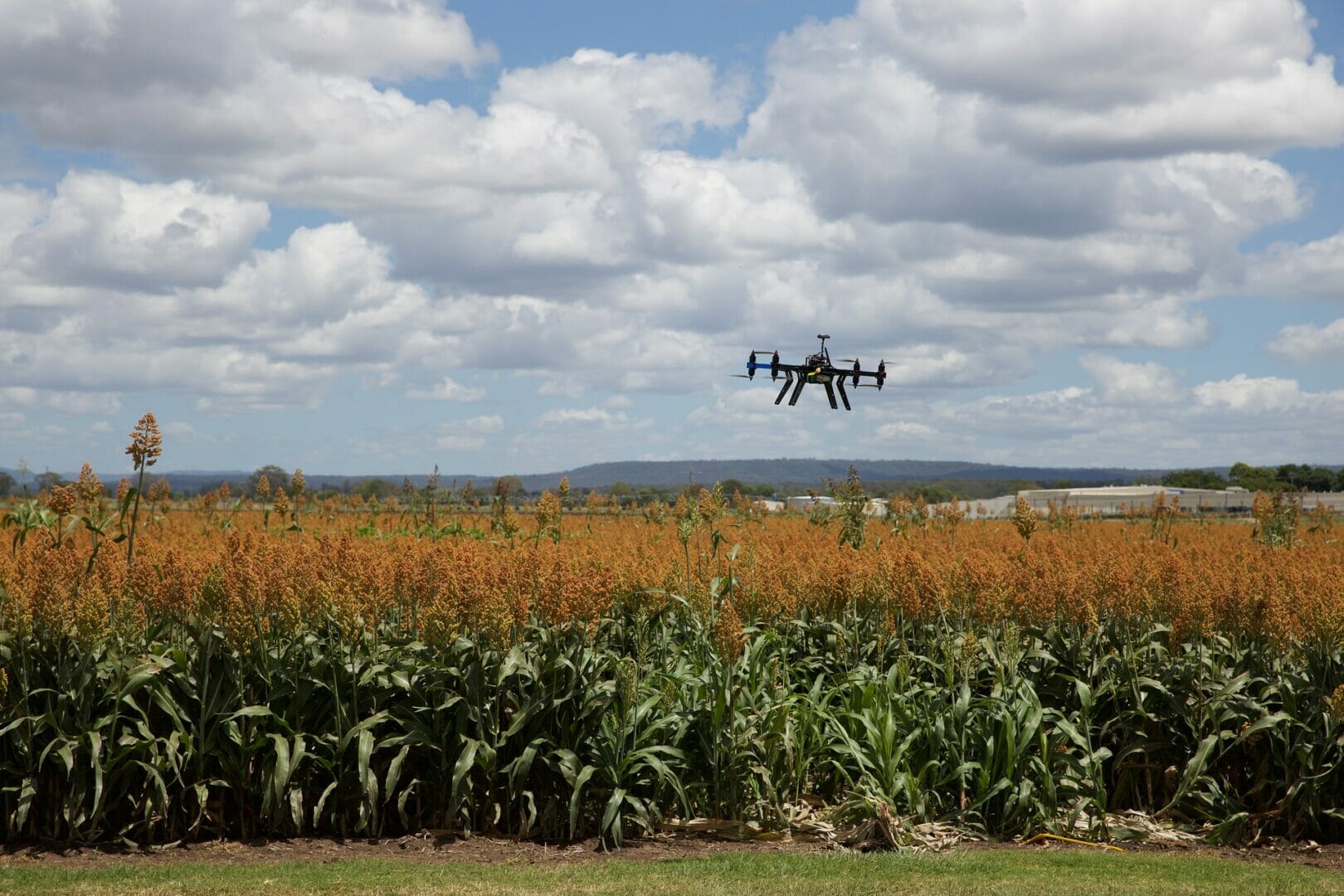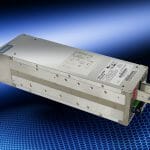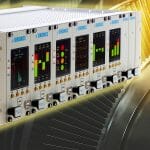Food production must increase to feed an extra two billion people by 2050 ― but how can this be done with limited land and workforce? Here Stewart Goulding, managing director of precision drive system supplier, Electro Mechanical Systems (EMS), explores how technology can boost the productivity of agriculture.
Industry 4.0 is already increasing efficiency in manufacturing, and now some of those technologies are being applied to agriculture. Agriculture 4.0 is a farming management concept that takes advantage of new technologies and data collection to increase yields and boost efficiency — helping farms work smarter, not harder.
Data driven
Agriculture is a precise science that requires soil conditions to remain within specific boundaries in order to produce a high crop yield. Poorly managed soil does not only ruin existing yields, but field health take years to be restored. Farmers carry out many procedures to maintain soil health, such as tilling, fertilising and crop rotation.
Using data can make these processes more efficient. Collecting information on crop conditions can help farmers make accurate adjustments to optimise growth and eliminate unnecessary use of resources.
In outdoor farming, precision farming techniques may involve embedding smart sensors in the soil to monitor a number of variables. There are many different sensors that can be used, such as electrochemical sensors, which can detect pH and nutrient levels, or mechanical sensors, which can monitor soil compaction.
By knowing the exact condition of the soil, the correct solution can be delivered. For example, low nitrogen soil levels prevent plant photosynthesis and growth. However, sensors that detect low nitrogen levels early mean farmers can apply a nitrogen fertiliser that restores the nutrient before the crops are significantly damaged.
Data can also be collected via drones, which can scan over a large area and create 3D images. For example, drones can conduct soil and field analysis then produce a map to help the farmer select a process for seed planting pattern design and nitrogen level management.
The aerial view can also reveal issues that may have otherwise gone unnoticed, such as poor irrigation, soil variation and pest problems.
Robot revolution
Agricultural field robots are also being deployed to automate tough tasks, such as crop harvesting, weeding and seed planting. But robots in agriculture aren’t restricted to the fields ― they’re used in indoor farming too.
Vertical farming is the practice of growing crops in layered, vertical stacks under controlled indoor conditions. The environment is precisely adjusted to the plants’ needs, with the optimum amount of light delivered through LED bulbs and the temperature adjusted using heating ventilation and air conditioning (HVAC) systems.
In indoor farms, robots can scan individual plants and analyse their growth. The robot can then move the plant to different areas depending on its needs or life cycle stage. Machine learning and artificial intelligence (AI) can also detect pests and diseases, therefore lowering or eliminating the need for pesticides.
Some indoor farms are supervised entirely by robots. By growing in these precisely controlled conditions with continuously working machinery, food production can increase while taking up less space.
Mighty motors
As automation takes on greater responsibility in agriculture, it’s important that the motors used to power these technologies are unfailing. EMS is the sole UK supplier of FAULHABER motors, which are made in a high precision manufacturing process that makes them highly reliable and repeatable.
The new FAULHABER BXT series has a flat construction that adds minimal bulk to robotic systems, allowing them to make agile movements around crops. Its innovative winding technology allows it to deliver continuous torque up to 134 millinewton metres (mNm), and when used with a high efficiency planetary gearhead enables robots to lift heavier items, such as trays of crops in indoor farming.
The global population is increasing, and agriculture must use smart technologies to increase food production. By knowing the needs of individual plants, accurately controlling growing conditions and employing robot workers, production efficiency can increase — creating farms of the future.








